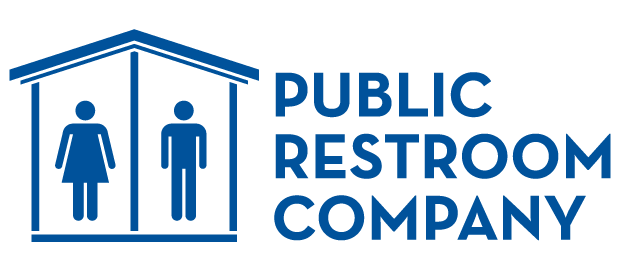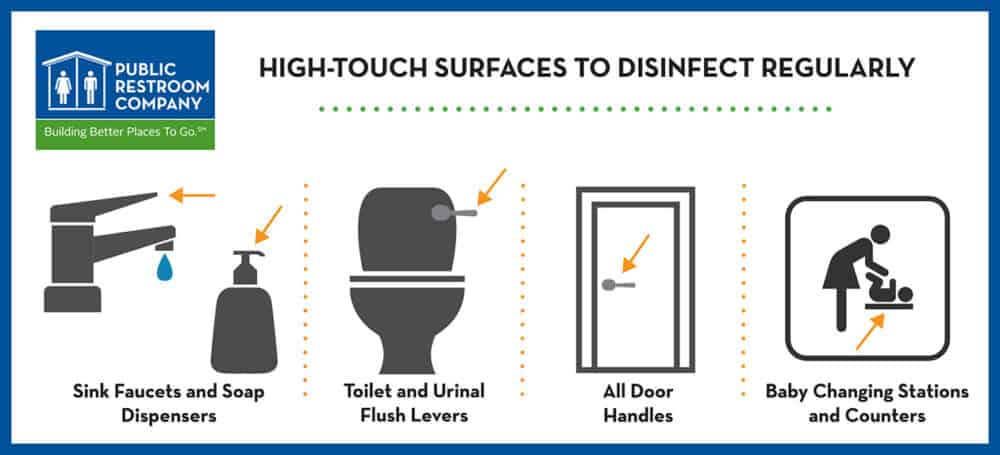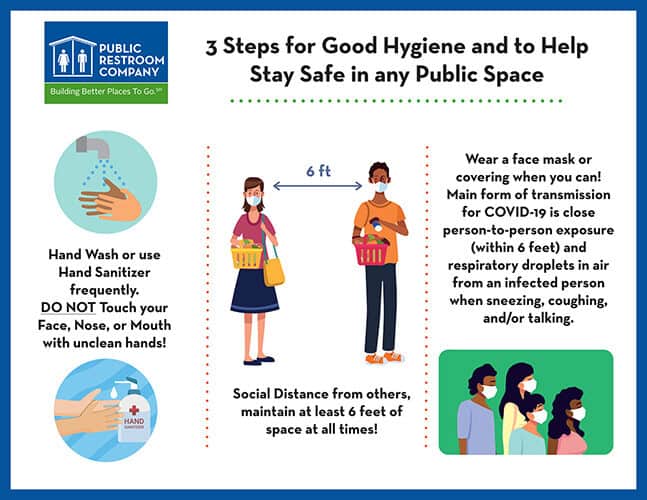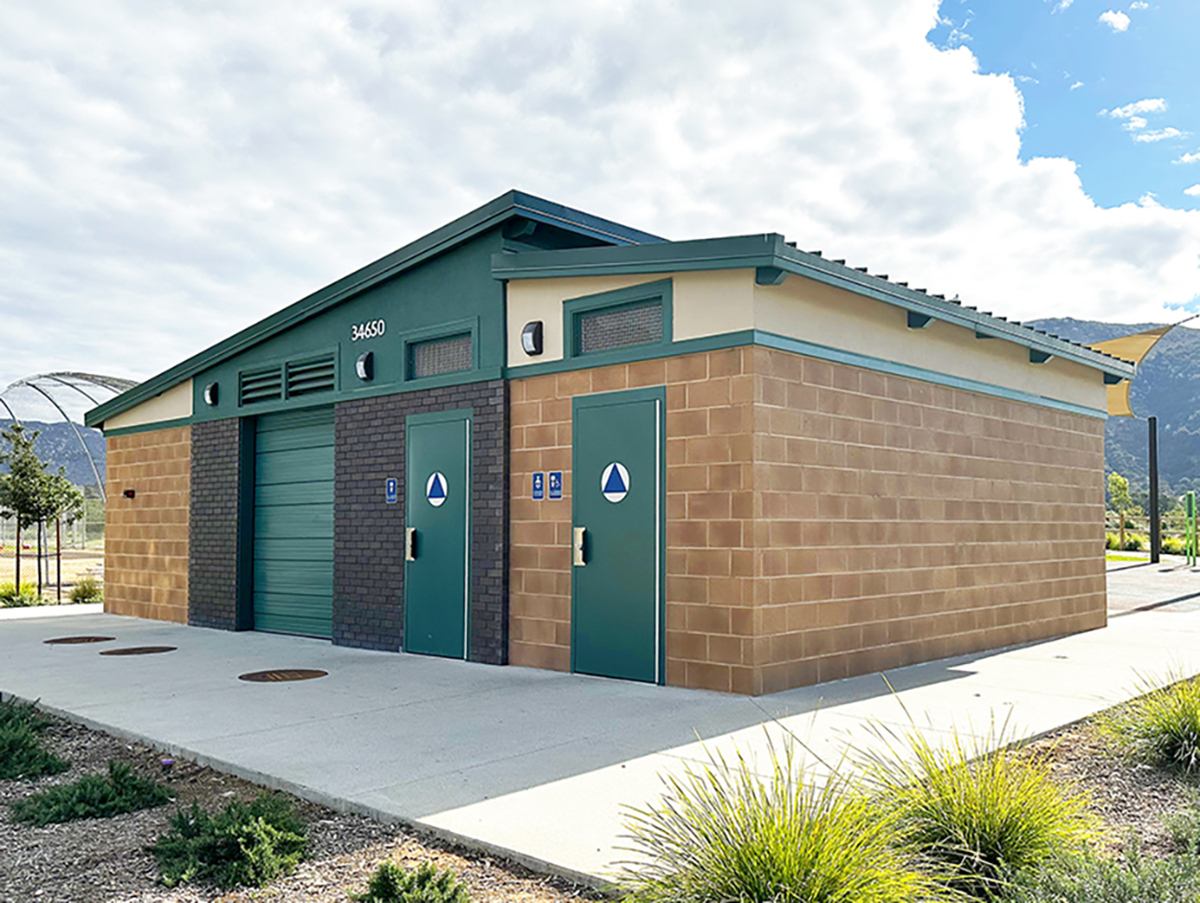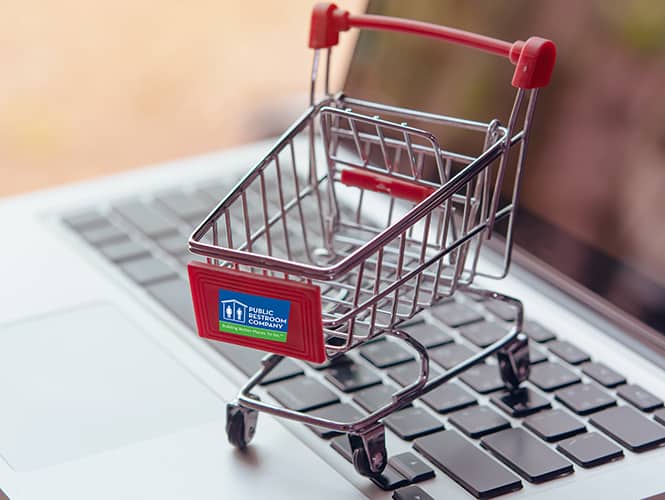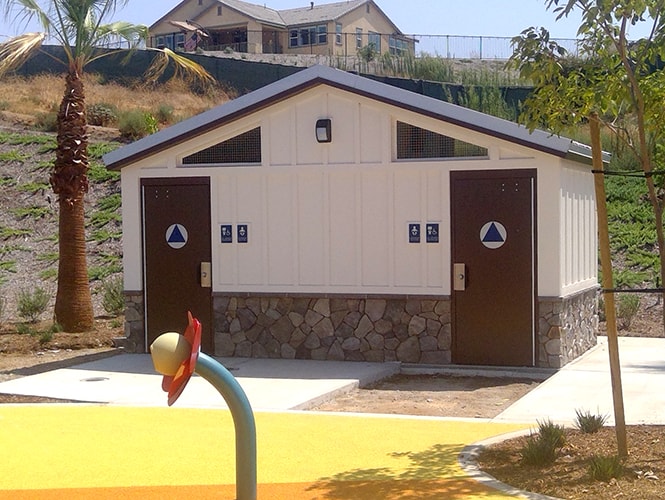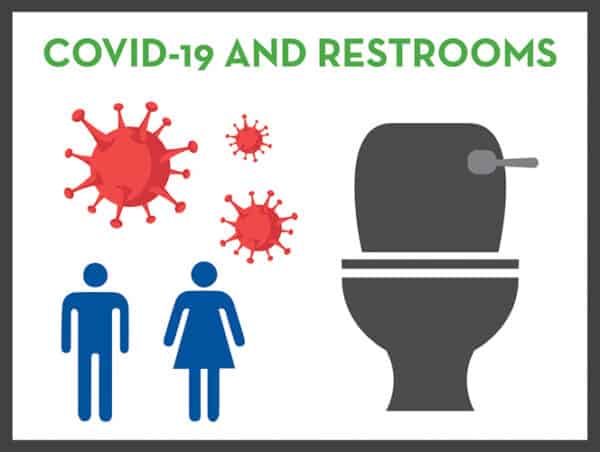
Best Practices during Coronavirus
As we continue to see more spaces reopen for people to congregate and interact with one another, such as: restaurants, workplaces, schools, and parks—we need to have other certain life conveniences available to us as well—we’re talking public restrooms.
So we’re covering two common topics when it comes to public restrooms during a pandemic.
- How to Keep your Restroom Open & Clean per CDC Guidelines
- Safety Measures for Individuals when using a Public Restroom
KEEPING IT CLEAN
Parks, trails, and open spaces are great place for people to get physical activity and fresh air during these trying times to maintain and improve their mental and physical well-being. Social distancing still must be followed but being outside is a great place for people to unwind and relax after spending too much time indoors.
Now more than ever before, it is critical for restrooms to be cleaned and sanitized on a daily basis. According to the CDC, restrooms should be maintained if they are open, and restrooms should have “functional toilets, clean and disinfected surfaces, and handwashing supplies.”
The following supplies are recommended to be present and well stocked within restrooms:
- Hand soap
- Hand sanitizer (with at least 60% alcohol)
For restroom closures or restrooms without running water (ex: portable toilets or vaults), it is recommended that visitors bring their own hand sanitizer and park operators should notify visitors beforehand of any closed facilities.
Additionally, restrooms that experience higher volumes of users should be cleaned more frequently than daily when possible. High-touch surfaces should be cleaned and disinfected with EPA-registered disinfectants with cleaning staff wearing appropriate PPE at all times. Click here to see other EPA-registered disinfectants.
High-touch surfaces include:
- Toilet flush handles
- Door handles, latches, panels, and edges
- Faucet handles
- Soap dispenser levers
- Countertops
- Changing tables
Click here for the CDC’s guidelines for cleaning and disinfecting facilities.[/vc_column_text][/vc_column][/vc_row]
A SAFE APPROACH TO USING PUBLIC RESTROOMS
When it comes to park users feeling comfortable about using a public restroom and minimizing their exposure risk to COVID-19 or any virus or bacteria for that matter, it comes down to basic hygiene that needs to be applied in any public space, not just restrooms.
A New York Times article about public bathrooms and the Coronavirus quoted Dr. Moldonado, M.D., a professor of pediatric infection disease at Stanford University, who stated, “If you look at the data on transmission, some of the most important transmission occurs in the home, because there are lots of high-repetitive touch areas over time.” Whereas in a public bathroom, an infected person will most likely only touch a surface once—not over and over. So using disinfectant wipes on any common surfaces before touching them yourself is a great way to minimize the risk of transmission.
Per CDC, the main transmission method of coronavirus is still primarily through close person-to-person exposure (within six feet) and respiratory droplets in the air. So, keeping a safe distance from others is still the best policy and most effective means to stay safe.
There’s a few other tips to help put park users at ease:
- Wash hands or use hand sanitizer frequently, especially after using a restroom
- Avoid touching high-touch surfaces with your hands as much as possible
- Wear a face mask to help prevent inhaling air particles
- If the restroom has multiple stalls, wait until other person is finished and stand outside to practice social distancing
